Description
Caring for your Wart Fern
With its unique fronds and easy-care nature, Wart Fern (Microsorum scolopendrium) is a delightful addition to any plant collection. By providing the right light, soil, and moisture conditions, along with regular maintenance and attention to its needs, you can enjoy the lush beauty of this fern year-round. Its adaptability and resilience make it a favorite among plant enthusiasts looking to add a touch of tropical elegance to their indoor or outdoor spaces.
Light
Wart Fern thrives in moderate to low light conditions. It prefers indirect sunlight and can tolerate low light environments, making it an ideal houseplant for shaded corners or rooms with minimal natural light. However, avoid placing it in direct sunlight, as this can scorch its delicate fronds and cause them to dry out.
If grown outdoors, place the fern in a shaded or partially shaded area where it can receive dappled sunlight. In tropical regions, it can also thrive under the canopy of larger plants or trees.
Soil
This fern prefers a well-draining, humus-rich soil that retains moisture without becoming waterlogged. A good quality potting mix designed for ferns or a mix of peat moss, perlite, and compost works well. The soil should be slightly acidic to neutral, with a pH level between 5.5 and 7.0.
Water
Wart Ferns thrive in consistently moist soil. Water the plant regularly, ensuring the soil remains evenly moist but not waterlogged. Overwatering can lead to root rot, so it’s important to allow the top inch of soil to dry out between waterings. Reduce watering frequency in the winter months when the plant’s growth slows down. When watering, use room temperature water and avoid wetting the fronds directly. Instead, water the soil around the base of the plant to prevent fungal issues.
Wart Ferns prefer high humidity levels, mimicking their natural tropical habitat. To maintain adequate humidity, especially in dry indoor environments, consider using a humidifier or placing the plant on a humidity tray filled with water and pebbles. Regular misting of the fronds can also help increase humidity, but avoid over-misting, which can lead to fungal problems.
Fertilization
Feed your Wart Fern with a balanced, water-soluble fertilizer diluted to half the recommended strength every four to six weeks during the growing season (spring and summer). Avoid over-fertilizing, which can lead to salt buildup in the soil and damage the roots. During the fall and winter, when the plant’s growth slows, reduce or halt fertilization.
Pruning and Maintenance
Regular pruning helps maintain the shape and health of your Wart Fern. Remove any yellowing, damaged, or dead fronds to encourage new growth and improve air circulation. Use clean, sharp scissors or pruning shears to make clean cuts at the base of the fronds.
Dust can accumulate on the fronds over time, reducing their ability to photosynthesize. Wipe the leaves gently with a damp cloth to remove dust and keep them looking vibrant.
Repotting
Repot your Wart Fern every one to two years or when it becomes root-bound. Choose a pot that is one size larger than the current one and use fresh potting mix. Repotting is best done in the spring, allowing the plant to establish itself in its new container during the growing season.
Pest and Disease Management
Wart Ferns are relatively pest-resistant, but they can occasionally be affected by common houseplant pests such as aphids, spider mites, and scale insects. Regularly inspect the plant for signs of pests, such as sticky residue, webbing, or small insects on the fronds. Treat infestations with insecticidal soap or neem oil.
The plant can also be susceptible to fungal diseases, especially if overwatered or kept in overly humid conditions. Ensure good air circulation around the plant and avoid wetting the fronds when watering. If fungal issues arise, remove affected fronds and treat with a fungicide.
Propagation
Wart Ferns can be propagated by division or spores. The easiest method is division, which is best done in the spring. Carefully remove the fern from its pot and divide the root ball into smaller sections, ensuring each section has several fronds and healthy roots. Replant the divisions in fresh potting mix and water thoroughly.
Propagation by spores is more challenging and requires patience. Collect mature spores from the underside of the fronds and sow them on a moist, sterile growing medium. Keep the medium consistently moist and in a warm, humid environment until the spores germinate and develop into small ferns.

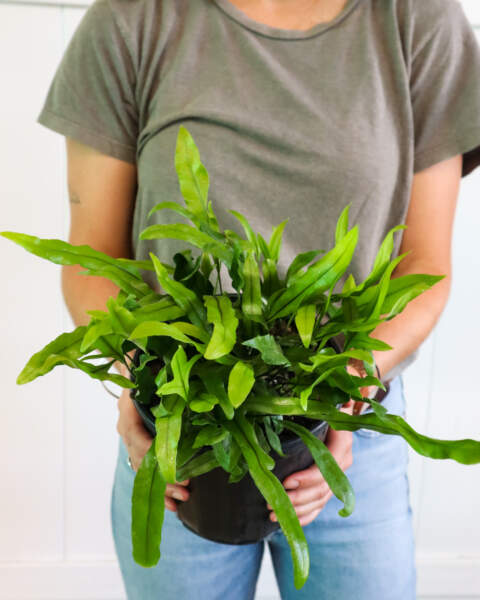
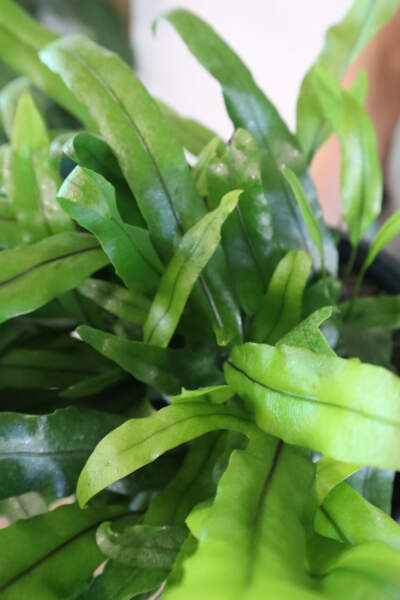
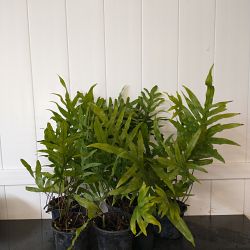
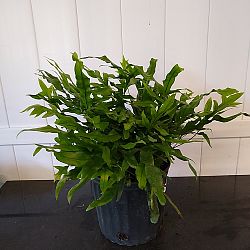
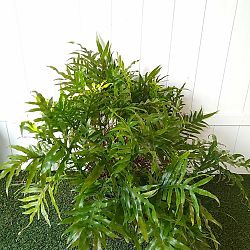
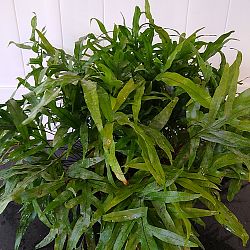
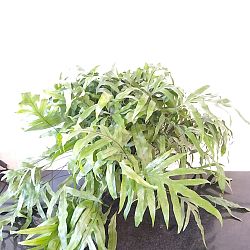
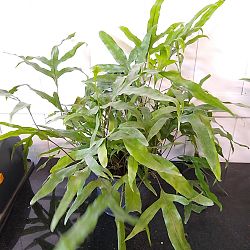
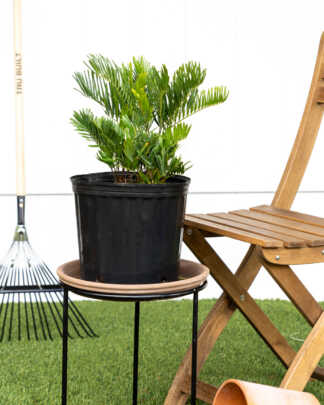
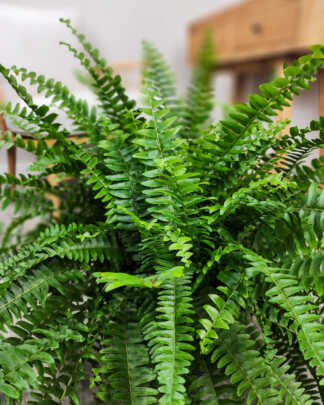

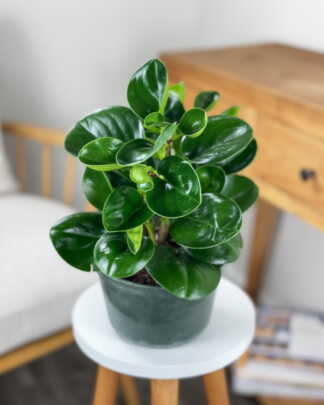
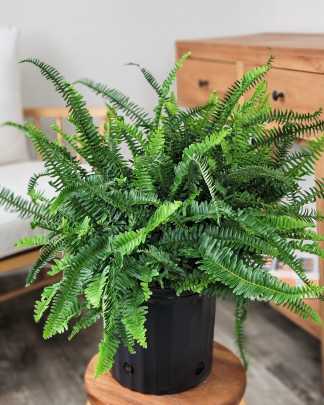


Anonymous (verified owner) –
Plants were shipped promptly, arrived securely, and were exactly as advertised. The staff was attentive and responsive to inquiries.
Judith (verified owner) –
ELLEN B. (verified owner) –
The fern arrived in great condition in spite of some handler along the way ignoring the ‘THIS END UP noted on the box. It is an exquisitely beautiful plant. I am always delighted with the health and vigor of the plants I purchase from PlantVine.
Charlotte Brooks (verified owner) –
Susan (verified owner) –
I’ve never seen this fern. I’m looking forward to seeing what it does.
Corinne –
What is the current price for the 4 pack 1 gallon pots? Shipping to 23696?
Corinne –
Does the order include 4 6″ pots of the same fern for the price stated?